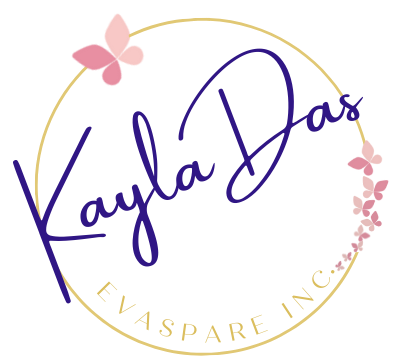Are you considering taking the next step in your private practice and hiring an employee or contractor?
It can be a big, scary leap but one you know will be rewarding and ultimately advantageous for your business.
There is so much to consider when it comes to hiring and onboarding a new employee or contractor. So here is my guide to a new boss’ journey to a successful hiring process.
1. Creating a successful interviewing process with questions that will find the best fit for your private practice
It’s important that you structure the interview process in a way that makes sense to your practice’s needs. What are your base requirements for a candidate so you can make a quality selection for the interviews? Only select up to 5 candidates and then design interview questions that will invoke responses that help you assess their capability in your private practice.
2. Have new hires sign an Employee or Contractor Agreement form
An agreement form is crucial so you and your new hire knows exactly what to expect from their role and what key goals need to be met throughout their time working with you. This also ensures the new hire feels secure in their new employment expectations and the employer (aka you) has security in their ongoing contribution. A good contract will specify the role expectations, hours required, company culture and important policies that can impact the work involved.
3. Have new hires sign a Confidentiality or Nondisclosure Agreement
It’s vital that a private practice implements high security and confidentiality for their clients. Having new hires sign a Confidentiality or Nondisclosure agreement is the best way to protect your practice and clients.
4. Create a Standard Operating Procedures (SOPs) Manual
As a private practitioner, up until now, you’ve probably been implementing your operating procedures from memory. However, when you hire others into your private practice, it’s important to have your policies and procedures available in written format for others can learn and follow the same processes.
Standard Operating Procedures (SOPs) are critical when hiring new employees or contractors. SOPs are a standardized processes that outlines a set of detailed instructions to help employees or contractors perform tasks properly and safely.
All new hires should review and sign a policy and procedure receipt form to demonstrate that they have read and understood your policies and procedures before they start working with clients.
5. Conduct regular progress check-ins
Weekly, monthly or quarterly progress check-ins are an important tool for employers to connect with new hires and is a practice that should be kept up throughout an employee’s or contractor’s employment. These frequent check-ins help identify potential issues early, and can help you to adapt changes or updates accordingly.
What next?
Now, I know that this may seem like a lot of documentation to make from scratch and that it can feel overwhelming if you have minimal human resource or legal background. So you could turn to a legal or hiring firm to help you with this but this can be extremely costly and not something that may be realistic for a small private practice just starting to grow.
So, instead grab Online Legal Essentials’ Legal Hiring Template Pack. The Legal Hiring Template Pack provides you with the necessary contract templates to help you start your new hires on the right foot. It costs less than a consultation with a lawyer.
Use EVASPARE10 to receive 10% off at checkout.
Disclaimer
Evaspare Inc. is an affiliate or partner for the digital products and services listed in this blog post. When you click on links or buttons, or use promotional codes on this page, Evaspare Inc. may receive compensation in exchange for endorsements, at no extra cost to you.

